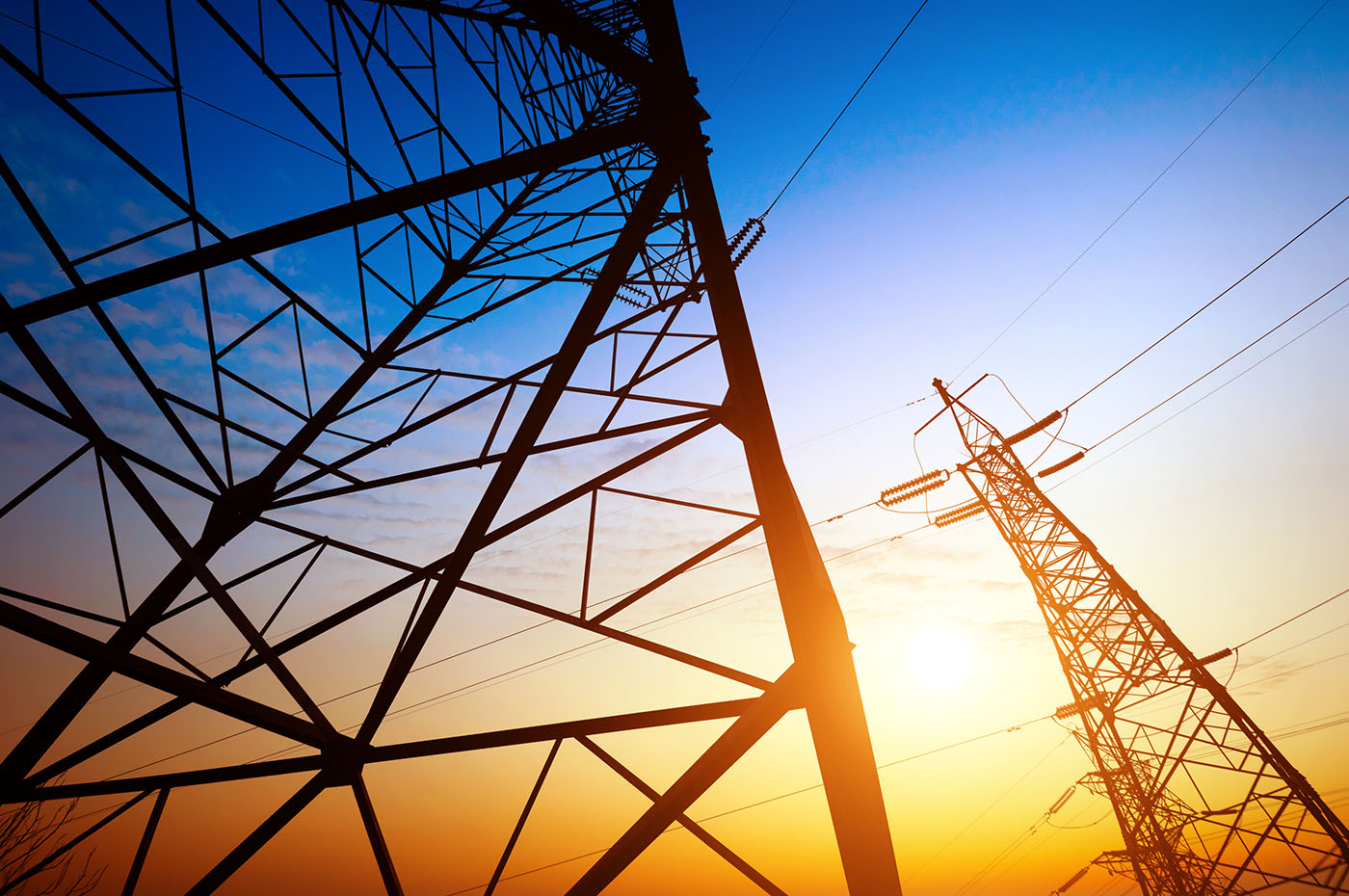One notable challenge of the American energy transition lies in modernizing the transmission grid at a pace that reliably integrates the enormous growth of clean and renewable energy. With federal clean energy investments like the recently-signed Inflation Reduction Act (IRA) incentivizing the development of wind and solar power projects faster than the grid can expand, new grid-enhancing technologies (GETs) can offer a bridge between the speed of generation built and the ability of the grid to catch up. Simply put, in the decade that it takes to build new transmission lines, GETs can be deployed in a matter of months and alleviate grid congestion keeping renewables in the queue. One such technology, dynamic line ratings (DLRs), has the potential to ease congestion on transmission lines and enhance safety and reliability by improving the accuracy and transparency of line ratings. Not only would these improvements provide much-needed consumer savings, but they would reduce the cost and increase the speed of interconnecting more solar and wind power resources as well.
For decades, many North American transmission operators have used static line ratings (SLRs) to determine the maximum power flow capacity on a transmission line. Appropriate for the mid-20th century grid, SLR calculations use intrinsically conservative assumptions regarding atmospheric operating conditions to produce transmission constraints that vastly underestimate how much power lines can carry. Using modern computing power and digital monitoring, DLR systems, by contrast, paint a more accurate picture of transmission line capacity by accounting for the role of real-world conditions such as rain, air temperature, cloud cover, and wind speed. This ambient approach to grid management can both reveal significantly greater transmission capacity than previously presumed while also detecting situations where flows should be reduced for safe and reliable operation.
As the demand for clean electricity continues to grow, misaligned regulatory and economic incentives have caused transmission gridlocks with multibillion-dollar congestion costs while also preventing the interconnection of over 70 percent of the new renewables and nuclear capacity needed to hit climate targets set by the Biden Administration and a growing number of states. On February 17, 2022, the Federal Energy Regulatory Commission (FERC) launched an inquiry aimed at evaluating the benefits, costs, and challenges of DLR implementation. Furthermore, several utilities like New England’s National Grid and New York’s Power Authority have begun piloting DLR systems on transmission lines across their service territories. The recently passed Inflation Reduction Act, with its long-term solar and storage tax incentives, serves as further evidence of the tide turning toward a future beyond wires that includes a broader range of transmission technologies. No one is touting GETs as the panacea to the climate crisis nor is their optimal deployment as simple as dropping DLR systems on every transmission line. Not up for debate, however, is that grid capacity must expand in coming years to integrate an ever-evolving resource mix efficiently and reliably. To that end, grid-enhancing technologies present a viable alternative capable of spurring the cost-effective transmission infrastructure that will help decarbonize the electric grid with significant clean energy deployment.



